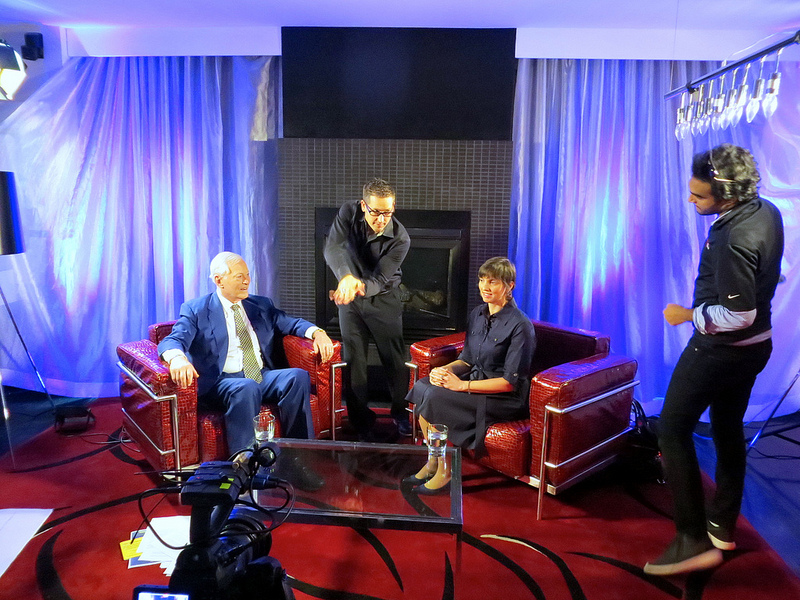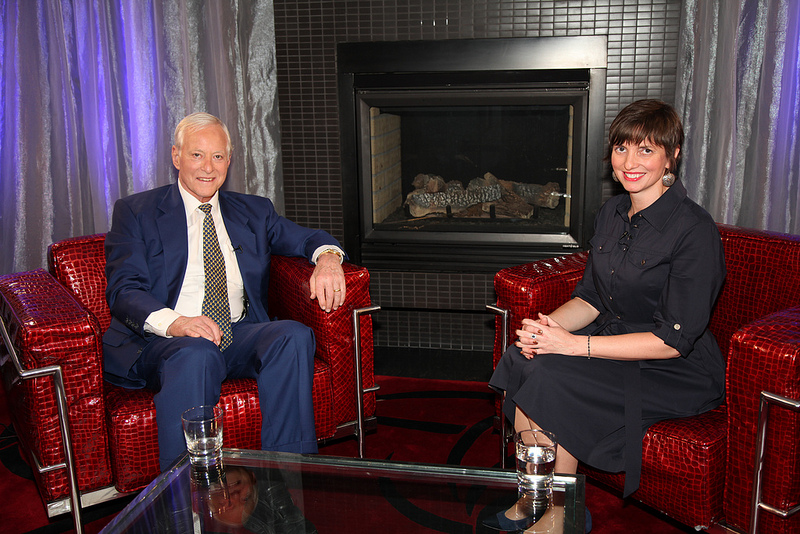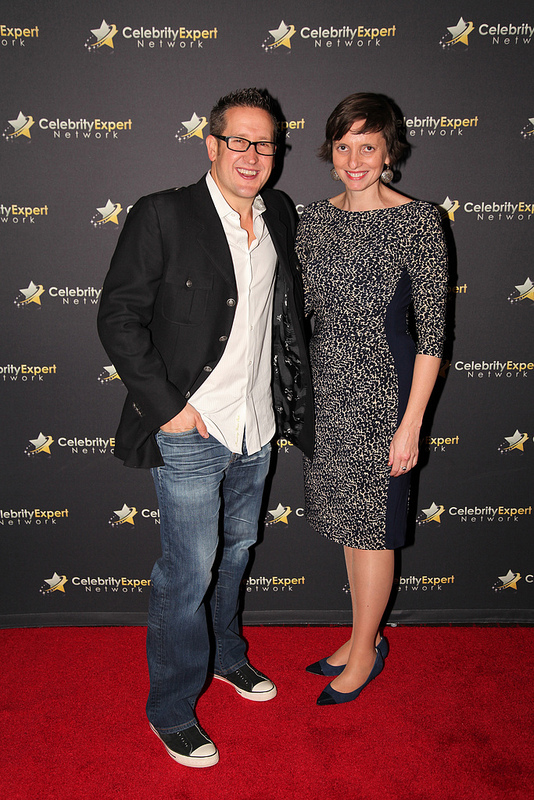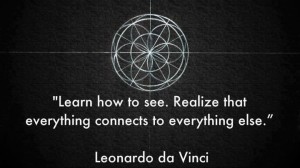Storytelling 2.0: a mystery singer, a shoe and a conflict.
Happy New Year!
What is your most daring business-related vision for 2014 and beyond? I will share one of mine with you. I just submitted a book chapter on transmedia storytelling for speakers. Transmedia storytelling is a novel concept for many. Here is a short video that explains it:
Having worked in the peacemaking and conflict management field, I would love to generate projects that can teach conflict management skills through transmedia. I plan to develop transmedia content myself as a speaker and trainer. Through Bookphoria, we work with authors to bring their expert content into multimedia.
What if we could create a transmedia narrative that is not about a mystery singer and a shoe, but rather about a conflict? Every good story has a conflict. We all have seen enough of venting about conflicts on social media. In contrast, our “caught-in-conflict” transmedia story can engage the audience members to solve a conflict by using their existing skills and extra help they may get along their journey from skillful professionals. The transmedia story may include videos and narratives of effecting peacemaking, as well as different scenarios to explore. The audience members become active participants and digital storytellers themselves. People can play and learn!
OK, this is an example of my vision of the future of conflict management training. How can digital storytelling become part of your vision?
Share your daring vision in the comments below!
P.S. Bookphoria offers a free PDF of my ebook “FANology Playbook: 27 Brain-Friendly Activities to Turn Virtual Friends and Foes into Fans.” Get it HERE.







